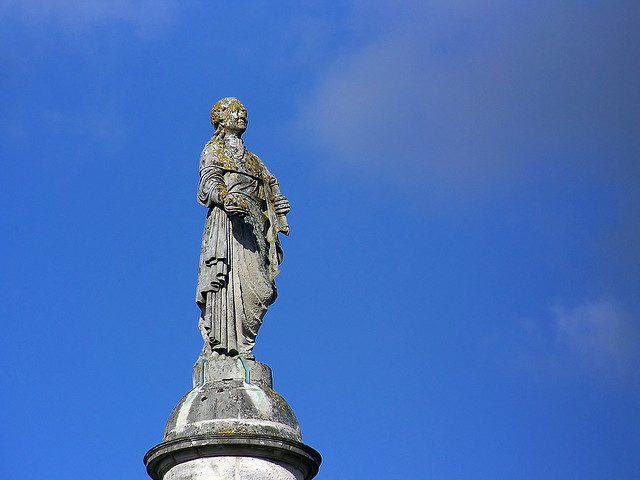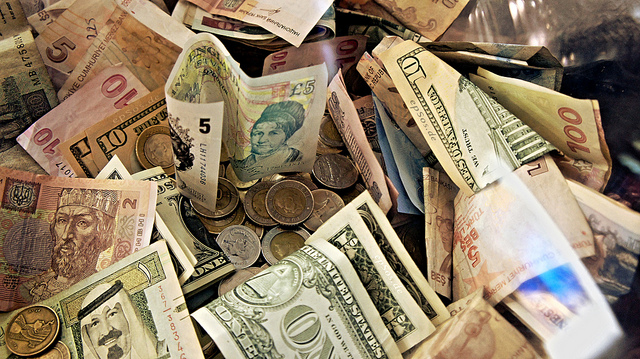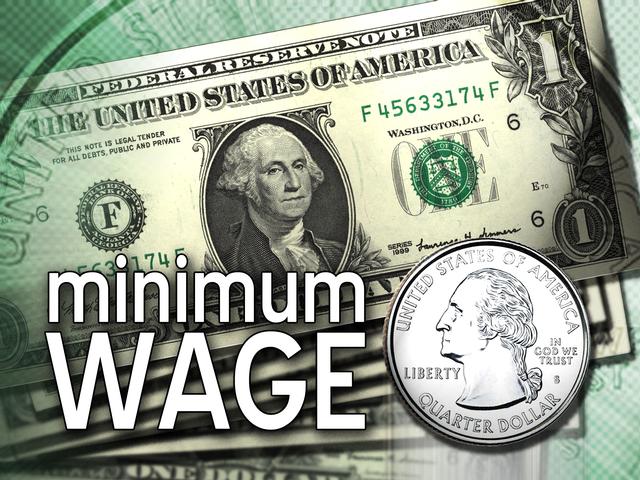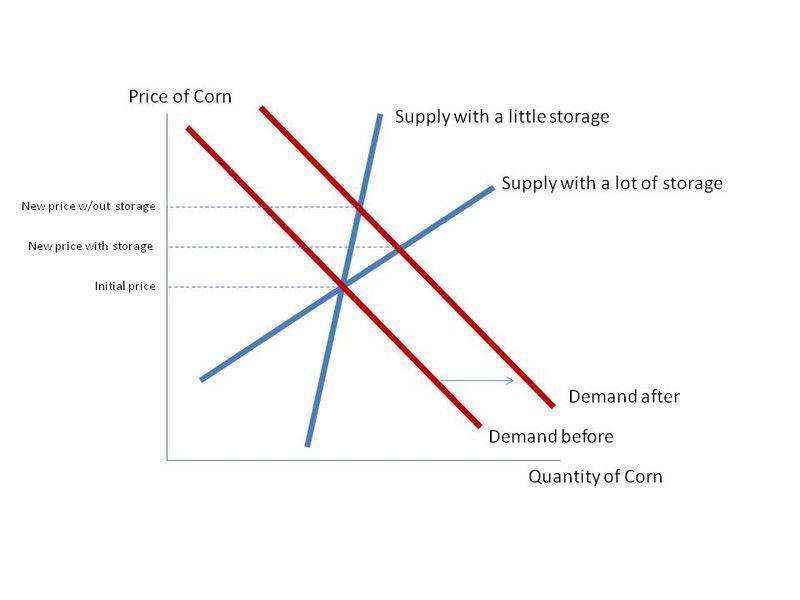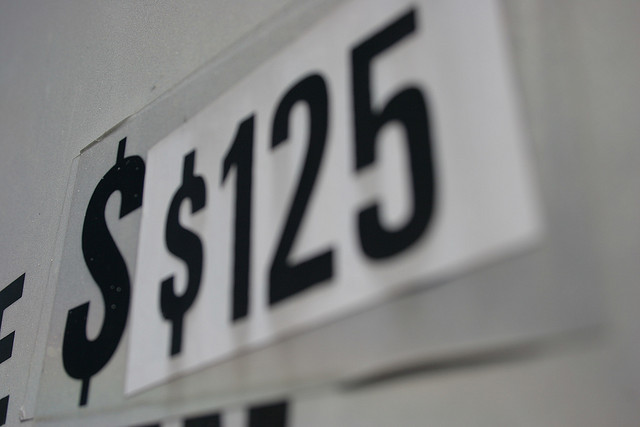10 Historical Leaders Who Financially Ruined Their Countries
7. King Louis XVI of France
King Louis XVI inherited the French throne in 1776, and instead of fixing the country’s debt problem he only made it worse. Marie-Antoinette, the wife of Louis XVI, became a symbol of royal excess and extravagance due to her self-indulgent lifestyle.
The monarch, the French nobility, and the clergy became increasingly egregious in their abuses of power in the late 1700s. They bound the French peasantry into heavy feudal obligations and refused to contribute any tax revenue to the French government. This blatantly unfair taxation arrangement did little to endear the aristocracy to the common people.
A number of ill-advised financial maneuvers in the late 1700s worsened the financial situation of the already cash-strapped French government. France’s prolonged involvement in the Seven Years’ War of 1756–1763 drained the treasury, as did the country’s participation in the American Revolution of 1775–1783. Aggravating the situation was the fact that the government had a sizable army and navy to maintain, which was an expenditure of particular importance during those volatile times. Moreover, in the typical indulgent fashion that so irked the common folk, mammoth costs associated with the upkeep of King Louis XVI’s extravagant palace at Versailles and the frivolous spending of the queen, Marie-Antoinette, did little to relieve the growing debt. These decades of fiscal irresponsibility were one of the primary factors that led to the French Revolution.

